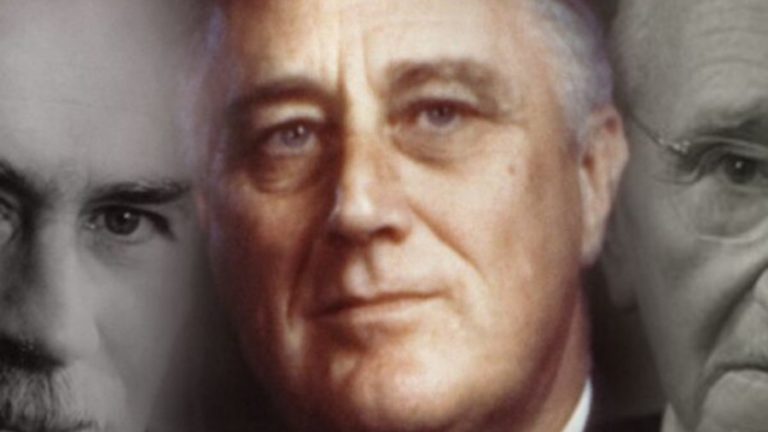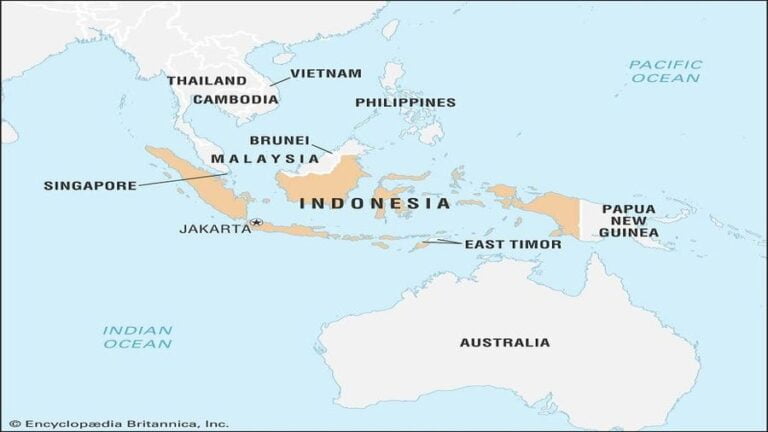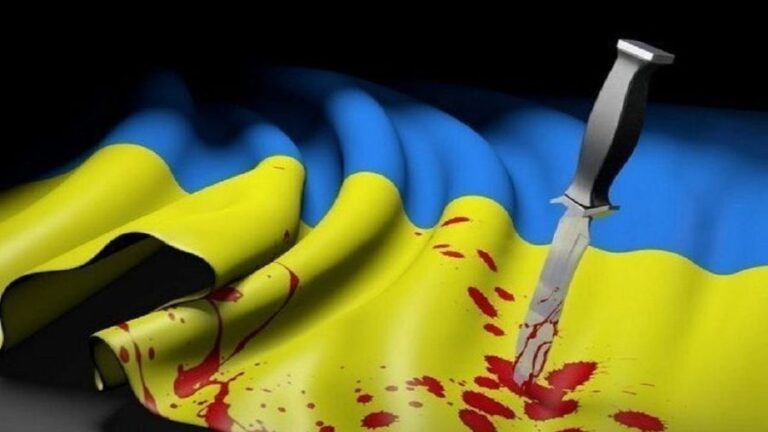The Expendable Sunnis: Washington Seeks to Reach its Objectives in Syria at the Expense of Arab Monarchies
Syria’s President Bashar Assad has paid a visit to Vladimir Putin in Sochi, with Ministers Lavrov and Shoygu also participating in the meetings. The parties expressed hope foreign forces would be withdrawn from Syria.
It’s clear that the US will not leave Syria for as long as Assad or another pro-Russian politician is in power. With that in mind, one may speak of minimizing Western presence in Syria.
But one should not expect Arab military contingents can replace the Americans in Syria, in spite of the hope expressed by US National Security Advisor John Bolton. Cairo rejected this option, Arab monarchies have adopted a wait-and-see attitude. Nobody in the Pentagon counts on their military potential, given its absence. The monarchies are instead to shoulder the costs of basing US forces and their allies, and also of creating independent of Damascus executive and military institutions east of the Euphrates.
The results of the visit and negotiations lead one to note it’s high time to start the political process in Syria, which Damascus has been ignoring in the aftermath of its military victories. This process includes constitutional reforms and everything that’s connected. At the current stage this would include creating the Constitutional Committee with to write a draft basic law for the country. However, in the aftermath of the Sochi congress, this process is being dragged out by Damascus and the UN and Arab League Envoy to Syria Staffan de Mistura.
Moscow advises Assad to share power with the Sunnis to create a stable base of a political influence for Damascus. Assad assured that delegates would be appointed to the constitutional committee “as soon as possible.” But the Syrian government is not pursuing peaceful settlement, but rather its imitation in order to discredit the opposition that once again make unacceptable demands. Alawites are not yet ready to share power.
Pressure Points
It appears that after the mopping-up operations around the capital region and in Homs, Russia is taking a time-out. The anticipated attack in the south of Syria is apparently being delayed due to Jordan’s and Israel’s views on the matter. However, and the elimination of hardline rebel strongholds, in addition to a long-term ceasefire regime, is necessary in order to push US forces out of Al-Tanf. This is an issue that will re-emerge.
As far as Idlib is concerned, there are 400 thousand militants and their family members in that province, who were transferred there in order to reduce casualties in the surrounded areas. Many of them belong to the pro-Saudi Jabhat an-Nusra, which by definition makes them uncompromising. There is nowhere else to expel them to except perhaps Turkey, but Ankara would never agree to that. This leaves the military solution, with unpredictable military and humanitarian risks, all the more so since a humanitarian crisis already exists there due to the arrival to the militants and their families. There is no place to accommodate the refugees, and the administrative center of the province, the city of Raqqa, has been destroyed.
According to the UN, there are 1.2 million refugees out of 2 million inhabitants, many of which have been forced to migrate more than once. There are clashes between Tahrir ash-Sham (an-Nusra’s new name) and other groups, which makes the problem worse. This is the consequence of pro-Turkish groups attempting to impose its authority on Idlib. The hardliners can be either destroyed or blockaded in the province after it’s transferred under Ankara’s control, which is what’s taking place.
On May 16, Turkish forces established their 20th observation post in Idlib. It remains to be seen to what extent they are prepared to suppress pro-Saudi groups. Much will depend on the special elections in Turkey, but in any event Idlib remains an enclave of forces hostile to Damascus, whose willingness to compromise with them is understandably ambivalent.
In the meantime Damascus and Moscow (Ankara has ceased its forward movement into Suria, and the prospect of resuming operations in the north is under a question mark due to the risk of direct clashes with US forces) will concentrated their efforts on pushing Kurdish forces out of Euphrates’ eastern bank. The road to success lies not only through promoting anti-Kurdish sentiment among the Sunnis, but also in offering a framework for peaceful coexistence and a b road socio-economic autonomy. It’s not clear to what extent Damascus is willing to disperse its prerogatives and resources. The US is making an effort to eliminate the Sunni opposition in this region using Iraqi airpower. They are attacking ISIS targets, weakening Sunni opposition to Kurdish expansion.
The Irreplaceable Kurds
Kurdish fighters whose units are the core of Syrian Democratic Forces (SDF) announced on May 3 they were resuming operations against terrorists on the eastern bank of Euphrates in Deir-es-Zor province 420km from Damascus. The break in the fight against ISIS was caused by the January 20 Turkish invasion into Afrin, to the west of Aleppo. The command of US-led “Operation Omjeremt Resolve” welcomed the return of Kurdish forces.
In early March, Pentagon had to admit the land operation against ISIS was stopped in February because some of Kurdish SDF fighters fighting in the Euphrates valley went to fight the Turks in Syria’s northwest. The US had to “trade” Afrin for eastern Euphrates and take the unpopular step of ending support for the Kurds who were conducting defensive operations against the Turks. Moscow and Damascus also refused to support the Kurds, due to their understanding with Ankara on exchanging Afrin for Eastern Ghouta.
US forces were motivated to take action by the infiltration of pro-government forces into Deir-es-Zor province, and also the growing tension in the Sunni areas east of the Euphrates. The return of the Kurds shows they are the only coalition force “on the ground” in northern Syria, with no alternatives.
US efforts to create an alternative by security the loyalty of local Arab tribes haven’t worked. It forces them to continue the alliance with the Kurds, in spite of the negative impact on US-Turkey relations and growing Sunni-Kurdish tensions.
Kurds from the Democratic Union party continue to view the US as the only force able to not only guarantee the security of their traditional regions from the Turks and Sunnis, but eventually even facilitate the creation of something akin to Iraqi Kurdistan in Syria’s north. Kurds place no such hopes in Moscow, which is not able to give such guarantees in the north due to not having a military base there. Moscow’s key priority of strengthening the alliance with Damascus is also evident, and Damascus is categorically against Kurdish autonomy or participation in negotiations as an independent force. This is also a feature of Moscow-Ankara relations.
Trial of Strength
Syria, with Iran’s and Russia’s support, is starting an operation to strengthen its positions east of Euphrates. On April 29, government news portal Syria al-En announced that SAA troops and militias based in Deir-es-Zor occupied the villages of Jneina, Jhia, Shamrat-el-Khusan, and Khoveika-el-Maishia on the east bank. Government forces expelled SDF troops from these villages. Kurdish agency Firat in turn published an SDF statement that Kurdish forces retaliated by recapturing the four villages.
This was Damascus’ first attempt to move further into eastern Euphrates after a failed raid by milita and Vagner fighters in February. This was due mainly to the return of Kurdish forces to the region following the halt of pro-Turkish advance toward Afrin. The most important role, next to Ankara’s which halted its advance after taking Afrin in order to avoid a clash with the US and French forces near Manbidj, was played by US troops who traded Afrin for the necessary number of SDF forces on the more important to them region east of Eurphrates in Syria’s north.
The Sunni-Kurd tensions in this region are the main challenge to the US strategy in Syria. The incidents between local Sunnis and Kurds, combined with Damascus’ efforts to expand its presence east of Euphrates show that the Pentagon’s worst-case scenario is being enacted. They assumed that the reliance on the Kurds would be the main obstacle in security the loyalty of local Sunni Arabs, which are essential to the US strategy to create political and military alternatives to Damascus in Syria’s north. Apart from oil regions, such incidents started to occur in other parts of Syria’s north. Hence the May coalition airstrikes in Hasakah province and the growing tensions in Raqqa province. The most recent direct Sunni-Kurd clash took place there on March 26. Sunni protests have started in western parts of Raqqa. They occurred after Kurdish SDF fighters arrested the leader of Bu-Hamis tribe, Sheikh Bashir Hamdan al-Khashar. The demonstrations, which escalated to armed clashes with SDF, involved inhabitants of El-Mansur and other towns in the western part of the province.
Raqqa inhabitants are unhappy that SDF is forcing them to pay dues to support operations against Turkish forces near Afrin. People in Et-Tabka say SDF demanded each family pay 500 Syrian pounds. In Deir-es-Zor, the conflict is over control of oil fields. There the Sunni-Kurdish conflict will be all the harsher. What’s most dangerous to the Americans is that their support for SDF Kurds may directly involve US troops in the clashes. But the Kurds can’t on their own resist government forces and local Sunnis.
The most explosive situation is in the Abu Hammam region, close to the Konako oil and gas facility captured by the Kurds and Americans, and which is the main center of the trial of strength by the opposing sides. On May 3, several hundred SDF fighters attacked this town and the nearby base of the Syrian Guard (Kuvat Nukba as-Suria), which is represented by armed militias from local Arab tribes.
The attack was caused by the refusal to submit to Kurdish commanders’ orders to move to Hasakah. The fighting lasted 5 days. After realizing they can’t defeat the Syrian Guard on their own, SDF consulted with their US masters and on May 11 gave Abu Hammam an ultimatum to give up their weapons or be declared ISIS supporters. Afterwards the city was struck by US aircraft, with the civilian losses being on the conscience of the Kurdish opposition. It was a major event, which badly discredited the US before the local Sunnis and which only helped Assad.
In this situation, Arab Sunni tribes which so far haven’t established cooperation with Damascus, will have to make a choice. With corresponding Damascus guarantees concerning socio-economic autonomy including oil profit-sharing, Sunnis would move toward the federal center, not the Kurds. One can promise the Sunnis anything, since the main task right now is pushing out US and Kurdish forces from Deir-es-Zor with their help, which incidentally would create a dangerous precedent for the Pentagon in other Sunni areas.
The Influence Race
CBS reported the Trump Administration decided to stop financing the reconstruction of north-western Syria. This was an “inter-agency decision adopted after assessing the situation in Syria’s northwest, which took place several weeks after Trump’s directive to review all assistance programs” in this Arab country.
The US decided not to finance humanitarian projects (including restoring community infrastructure) mainly in Afrin and Idlib. In the first instance because Turks took control there, which runs counter to all Ankara statements that it and Washington reached a deal on joint operations in the north to minimize the Kurdish factor there. The US opted to continue supporting the Kurdish forces in Syria in the foreseeable future, and there are no plans to invite the Turks there. Given Ankara’s rhetoric on the Palestinian question, there is little likelihood Washington will reconsider its stance.
Washington is openly inviting Saudi Arabia to a dialogue on Idlib, while avoiding becoming the main sponsor. Idlib is secondary to the US, they will not invest efforts there because there are no loyal forces there, to reputational risks (jihadist preponderance), and shortage of forces. The US effort has bogged down, there is not enough money for it, $200 million is nothing compared to the task at hand. US Arab allies are so far not prepared to fund Syria’s development.
The northwest is the first of Syria’s region from which Trump administration is turning away, apart from humanitarian assistance. Moreover, one should not confuse the refusal to fund the Turkey-controlled Afrin and jihadist Idlib with a full-scale reconstruction of Syria. As stated by US State Department representative during the G7 ministerial meeting in Toronto in April, the US does not believe any assistance ought to flow into Assad-controlled areas.
Trump stated several times that he’s in favor of the soonest possible withdrawal of US forces from Syria, and that “partners and allies should assume a bigger role in stabilization efforts”. In reality he won’t go anywhere, otherwise in a month the whole country would be under government control. But given the growing Sunni-Kurd conflict, the Arab partners are not in a hurry to part with their money.
The weakness of US forces in Syria is also illustrated by the two Iraqi airstrikes against ISIS in border areas on April 19 and May 6, as reported by Baghdad. Dozens of field commanders were killed. Baghdad also confirmed Iraqi participation in a land operation to capture five IS leaders in Syria. In reality such attacks and operations have been far more frequent and regular.
It means the US is short of aircraft which have been sent from Incirlik to the Afghan theater. It also means Iraqi aircraft are guided by US spotters, which obviates the question of US forces remaining in Iraq. Strikes on ISIS near Iraq-Syria border to the east of Euphrates and near Hasakah are important to the US because they destroy the mainstay of Sunni opposition to Kurdish expansion in this region. ISIS is viewed by local Sunnis as a means of such opposition.
In this instance the Iraqis are pursuing own interests which coincide with US ones: minimizing Sunni combat potential. But it remains to be seen who will take advantage of it first: the Iranians and government forces, or the Americans who will use the combination of airstrikes and money to promote Sunni loyalty.







